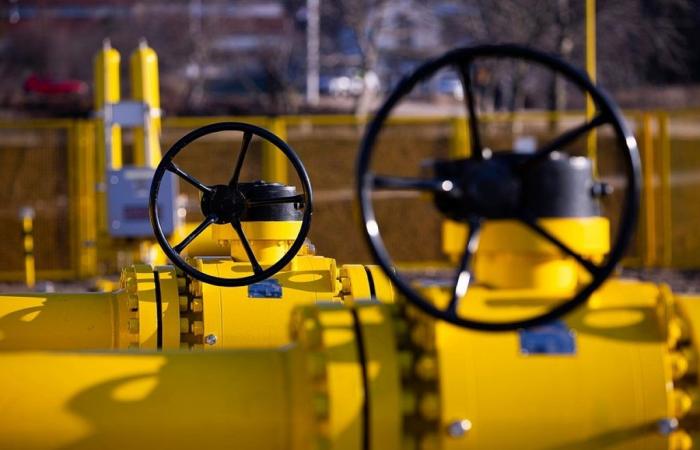By 2050 the European Union is committed to reduce greenhouse gas emissions in a percentage between 80 and 95%. The objective is particularly ambitious, also because it expects to reach below the levels that were recorded during 1990. The pillars on which Europe’s energy transition will be based are wind and solar energy.
The path he decided to takeEuropean Union it is precise and is well defined as of today. The stop to gas boilers, which will arrive in 2029, is only the first step: another restriction is already ready and directly concerns the European F-Gas Regulationwhich will challenge the market for air conditioners, refrigeration equipment, fire protection and heat pumps.
Let’s try to find out what solutions are available to try to reduce greenhouse gas emissions.
Gas energy, the importance of storage
One of the most important issues for uninterrupted energy supply in the future is determined by the accumulation of excess electricity. Thanks to a project financed by the European Union, innovative technologies have been developed that are based directly on electrolysis, which allows electricity from solar and wind energy to be converted into synthetic natural gas, which can be easily accumulated. We are talking about a highly efficient and eco-friendly product.
Using energy to produce energetic gases – such as, for example – hydrogen and methane is an idea without a doubt vintage. But it is coming back into fashion in recent months. Substantially these energy carriers – in gaseous form – guarantee an optimal solution for the storage of primary sources, which are used to produce energy when the wind peaks drop or there is little sunlight.
One of the first steps to be taken in this sense consists of the production of synthetic hydrogen starting from water and renewable energy through electrolysis. Renewable hydrogen can become methane – one of the main ingredients of natural gas – or other hydrocarbons to be added in subsequent steps of electrolysis.
The next step is to use a water gas shift reaction to convert the CO2 into carbon monoxide. At this point it is necessary to mix the carbon monoxide with CO2 in order to produce synthetic gas. The gas is subsequently conveyed into a catalytic reactor to obtain hydrocarbons.
Battery, a better solution
The solution analyzed so far – which derives from a project developed by ElectroGas a few years ago – constitutes a valid alternative for use in energy systems not connected to the grid. Batteries are often unable to store energy at an affordable cost to compensate for monthly fluctuations.
The project just analyzed – if you want to compare it with pumped storage hydroelectric power plants – has lower investment costs. But above all it has no repercussions on the environment.
Towards the reduction of hydrocarbons
Another important squeeze comes from Europe. The review of European F-Gas regulation calls into question the air conditioning and refrigeration equipment market. Those that end up under the magnifying glass are fluorinated greenhouse gases, which include:
- hydrofluorocarbons (HFCs);
- perfluorocarbons (PFCs);
- sulfur hexafluoride;
- nitrogen trifluoride.
We are talking, in a nutshell, about artificial greenhouse gases with a high risk of global warming. And which, to date, are used:
- in refrigeration equipment;
- in fire protection equipment;
- in heat pumps;
- in the foams;
- in aerosols.
The alternatives to use
The objective that the European Union has set itself is to gradually reduce the use of hydrofluorocarbons starting from 2039essentially eliminating their consumption and production by 2050.
One of the alternatives to be used is propane. This is why the European Union has set dates to phase out fluorinated gases, at least in sectors where it is technologically and economically possible. The aim is to search for viable alternatives for the production of refrigeration and air conditioning equipment, heat pumps and electrical panels.
The European Union, among other things, intends to improve the monitoring of the illegal trade in fluorinated gases, allowing the various customs authorities to confiscate fluorinated gases that are imported or exported in violation of the regulation.
Fluorinated gases, at least according to the European Parliament, are among the most powerful and persistent greenhouse gases emitted by human activities. They are much more harmful than CO2: the dispersion of hydrofluorocarbons in the atmosphere mainly comes from their use in refrigeration and air conditioning systems. This is the reason why it becomes essential to be able to replace them, even with artificial products, in order to reduce their impact on the environment.
The main target is chlorine, which is present in chlorofluorocarbons (CFCs) and in hydro-chloro-fluoro-carbons (HCFC). Although it has excellent thermodynamic properties, it contributes heavily to increasing the greenhouse effect.






